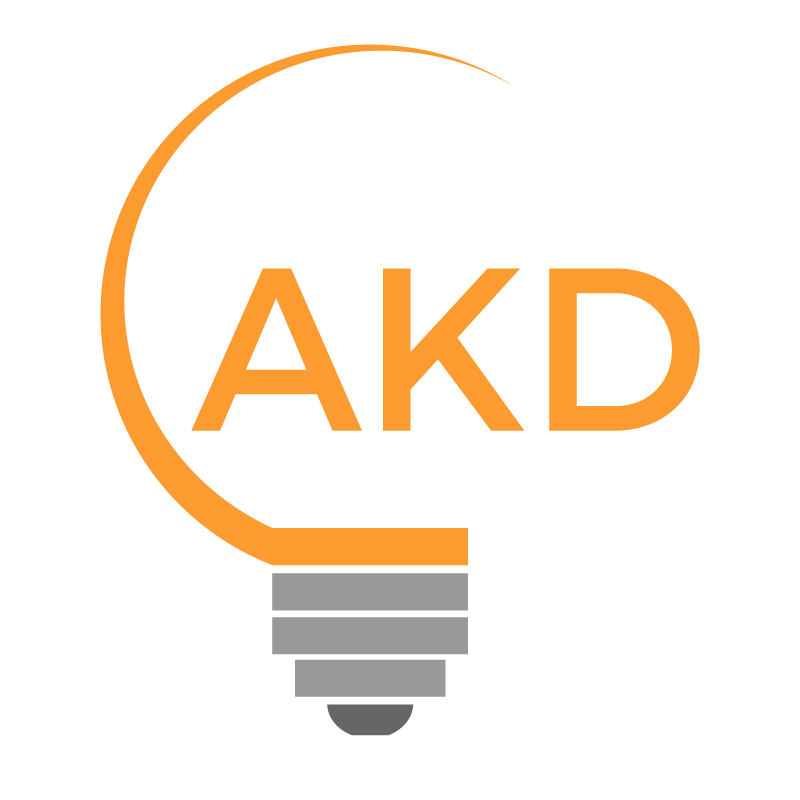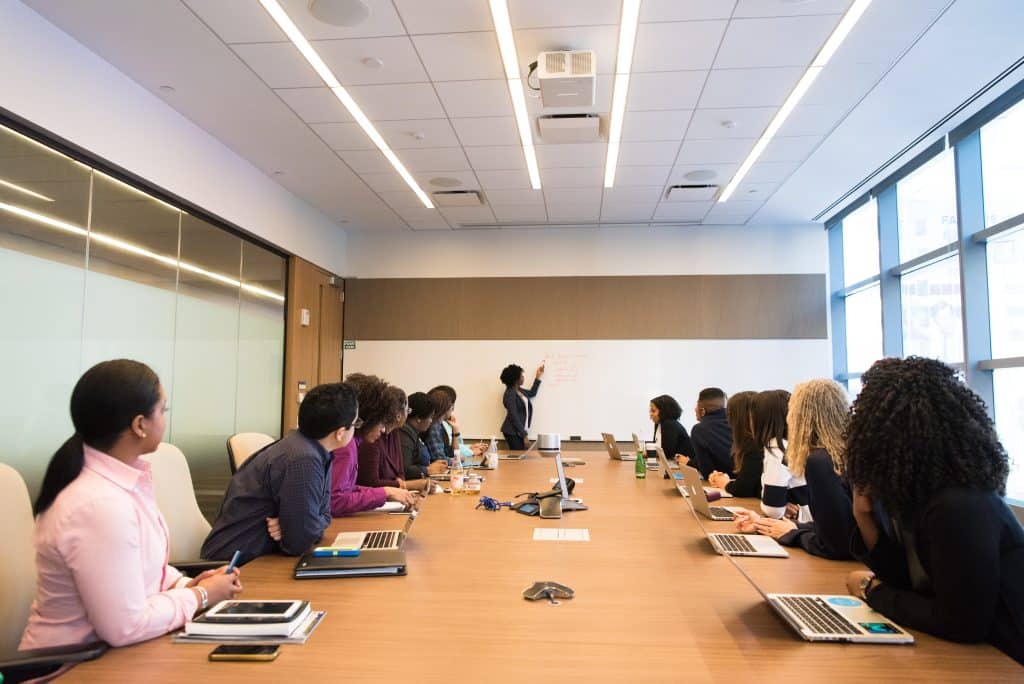When I first met our CEO (Akin Thomas) at a Sport England conference held at Aston Villa Football Club, we exchanged pleasantries. Well after a short lunch meeting with Akin we concluded with him proposing we could do some work in the future of which I was open to. A couple of months after that I was contacted by a colleague regarding a tender and I went to Akin saying ‘I think together we could win this’. We had a week to bring together our submission and I hoped that we could compete with all the other established organisations out there. We won and the small team delivered a seminal piece of research that still reverberates across the UK sports and physical activity space, that piece of research and report was ‘Tell Your Story’, that was the birth of the Sports Division at AKD.
In the past two years, we have conducted pioneering research within the sport sector including ‘Tell Your Story’ which looked at the stories of those within ethnically diverse communities and their experiences of accessing or involvement in sport, click here to read. Following this, we delivered 2 more pieces of research. We are also working with a host of national governing sport bodies, Sport Wales, UK Sports, Sport England and more. The growth has been swift but our range and impact is testament to all the people involved in AKD Sport Division.
Our mission is to be pioneers in sport by bringing insight, stimulating brilliance within the sector and giving original thought leadership to help make changes that benefit all. This gives all the opportunity to access the rich ecosystem of sport and physical activity.
Written by Ladi Ajayi, Head of Sport Division








